Purple Sprouting Broccoli, Wild Garlic and Rose Harissa Potatoes
Isn’t purple sprouting broccoli the best? I think so. Huw thinks so. So much so that he asked to write this little forward on it as a crop:
“As a grower, purple sprouting broccoli (PSB) is my symbol of spring, just as wild garlic is for a forager. This recipe combines these two greatly celebrated ingredients in a delicious yet simple way, and it is an excellent reason for you to pick some wild garlic from your local wood and then either harvest homegrown purple spouting from your garden, or buy it directly from your favourite local producer.
One thing you may not know about PSB is that it has one of the longest gaps between sowing and harvesting out of all the annual vegetables. If you’re growing an early PSB variety (one for spring) you sow it the spring beforehand – yep, a whole year of waiting! Patience is well rewarded however, because from March you are met with a small forest of sweet, juicy and nutritious purple spears. Due to the nature of growing PSB, it is often a luxury enjoyed only with those who have larger gardens, but fear not because overwintering your kale and allowing it to flower the following spring will yield spears very similar to purple sprouting with a near-identical flavour. A perfect alternative to purple sprouting!”
- Huw Richards
I came up with this recipe as a quick means to include as much wild garlic in a dish as possible. It’s super easy and makes for a beautifully seasonal dinner. One of my favourite ways to cook potato is the Italian style roast. Unlike the classic British roast potatoes, the Italians go straight in for the roast without boiling their spuds first. This results in a crispy, almost sticky skin and chewier body, whilst still retaining that beautiful fluffiness of the starches. Mixed with oil, salt and a healthy dollop of rose harissa, this recipe balances roasted savoriness with aromatic steamed wild garlic and a delicate bitterness of charred PSB.
It’s that time of year again
The days are getting longer, the nights don’t need a hot water bottle, and for those of us daft enough to brave the mud, the woodlands are starting to fill with the beautiful aromatics of wild garlic, Spring is coming. It’s a truly exciting time of year for anybody who is passionate about seasonal food, as for a lot of us it marks the beginning of the foraging calendar. Famous for it’s delicately pungent, sweet grassy flavour and peppery bite, wild garlic (also known as Allium ursinum, ramsons, buckrams, broad-leaved garlic, wood garlic, bear leek or bear's garlic) is a bulbous perennial flowering plant in the amaryllis family Amaryllidaceae. It is native to Europe and Asia and grows primarily in moist woodland, but can also be found beside riverbanks with ample tree cover.
In Wales, my favourite wild garlic patches tend to start appearing in the first week of March and have developed to a nice, foragable size by March 20th. By mid Spring most wild garlic has begun to flower but this too is a blessing as both leaves and flowers are edible. The flowers themselves are beautifully delicate and white and make for a wonderful addition to any salad, or for the more adventurous amongst you, can be candied, preserved or even fermented. Growing up to 20-30 cm, wild garlic spreads by rhizomes and self-seeding, and over time can form colonies that cover entire woodland floors. It is one of the best sights to behold in the world of foraging! To stand in the middle of a naturally occurring field of food is as breathtaking as discovering a circle of mushrooms. Luckily enough for us, wild garlic appears at the just the right time for pairing with PSB.
A word on foraging
As always, never take more than you need, never pick a protected species, never trespass, and always respect the natural habitat. If you plan to follow this recipe then you will need roughly five large handfuls of wild garlic (150g ish). Generally speaking, if you have found a patch of wild garlic, others will know of it too, and it’s important to leave enough for everyone as well as not to damage the plants by removing too much.
One of the main attractions in foraging is the wonderful flavours we find in plants and fungi that have grown in their natural habitat and far from the destructive and artificial environments of conventional agriculture. Having said this, harmful chemicals can still find their way into faragable ingredients that grow close to roads. For this reason, I tend to leave anything growing at the side of the road or footpath alone in favour of that which grows in the heart of a habitat.
The next point is a word of warning that accompanies all foraging; be careful of dangerous lookalikes. In the case of wild garlic, be careful not to pick the leaves of Lily of the Valley (Convallaria majalis). They favour the same conditions and look similar, but Lily of the Valley is a little more upright and doesn’t share the distinct aroma of wild garlic. When flowering, it looks more like a Snowdrop, with small, bell-shaped flowers hanging from a slender stalk. This plant is highly poisonous and can cause anything from digestive issues to irregular heartbeats. Another thing to bare in mind is Ivy. A lot of woodland is covered in Ivy and often wild garlic pushes it’s way up amongst vines of Ivy. It is easy to accidentally pick Ivy that is hiding beneath the leaves of wild garlic, so be careful when washing your haul for any signs of dark green Ivy leaves. With that said, let’s crack on with the recipe itself.
The Recipe
Serves 2
Roughly 150g of wild garlic, but feel free to treat this dish as a use-it-all-up if you have any leftovers.
3 large baking potatoes.
10 florets of PSB (with the tender part of the stem attached).
2 tbs of rose harissa.
Olive oil.
Salt and pepper.
(Optional: whilst the oven is hot, toast some pumpkin, sunflower seeds or hazelnuts with a pinch of salt to sprinkle on the finished dish. For a more aromatic version, add cumin and coriander seeds to the blend. You can also add a squeeze of lemon juice to the finished dish for an acidic freshness).
Step 1.
Begin by preheating your oven at 210C/410F. Wash all your wild garlic, PSB and potatoes, then dice your potatoes into 2cm/0.5inch cubes. Don’t peel your potatoes as the skin is where a lot of the flavour is found.
Place the potatoes in a large roasting tray and make sure they have enough room to spread out with at least 1cm air flow around each piece. This is important as it is the air flow that allows an ingredient to crisp up when roasting. Add 2 heaped table spoons of rose harissa and enough oil to loosen it up. Toss the potatoes around until they’re evenly covered, then season well with a pinch of sea salt and black pepper. Cover the tray with a lid or foil and place it on the middle shelf of the oven for 30 minutes.
Step 2.
After 30 minutes, remove the foil (taking care not to steam your fingers), and gently toss the potatoes around. Making sure they have space for air flow again, return the tray to the oven for another 25-30 minutes to allow them to crisp up.
Step 3.
Once the potatoes are crispy, open the oven door and lay the PSB over the top of them. Close the door again and allow the broccoli to roast for 10 minutes. Held up on the potatoes like this, the broccoli will char up in the heat of the oven, but will also steam from the moisture of the potatoes. They should singe on the head and leaves at the same rate the stem turns a beautiful vibrant green.
(This is when I would add the optional seeds/nuts topping to toast for 10 minutes, then crack them in a pestle and mortar).
Step 4.
Lastly, add your wild garlic and fold it throughout all your ingredients. Turn the oven off and return the tray to the middle shelf for 5 minutes. The heat will be enough to steam the wild garlic, softening it as it releases aromatic plant oils into the rest of the ingredients.
Plate up the dish as a main course for 2 or a side/starter for 4.






